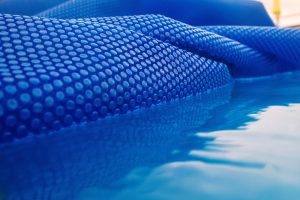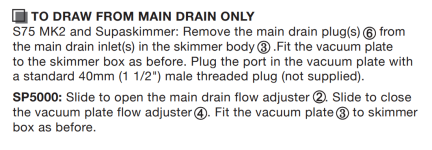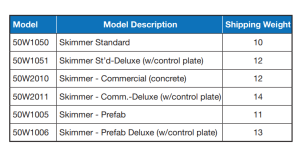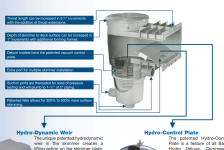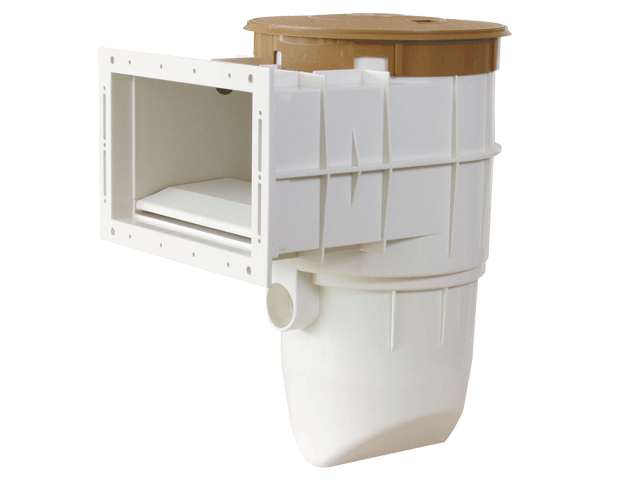Main Drain to Skimmer Valve Ratio
- By myeag
- Pumps, Filters, and Plumbing
- 8 Replies
Yes. I did what you earlier suggested and you were correct so I relabeled the pipes. Now I can adjust. ThanksM,
Did you just change the labels on the pipes???
Assuming your above pic is correct, you want to do the following...
1. Set the handle of the West skimmer to straight down. This will turn the skimmer on at 100%
2. Set the handle of the East skimmer to the 2:30 position.. This will close off most of the main drain and open the East skimmer as much as you can with this valve set up.
The above is all you really need to do.. but... If you want to get picky...
The skimmer nearest to the equipment pad will always get the most suction.. The skimmer farthest away will get less suction... You can try to make the suction to each skimmer the same by reducing the suction to the near skimmer and opening the far skimmer as much as possible.. You can do this by taking out the skimmer baskets and just by feeling the amount of suction at easy skimmer and then try to balance them as much as possible.. Not at all required, just something that can be done.
Thanks,
Jim R.


